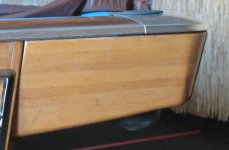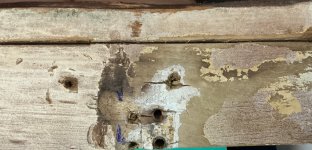Rachel74557
New member
Just finishing a large spraying project and plan to do my GC skirts next. When I looked at primers I found that there are 7 or 8 types of plastics out there and I am told that the choice of primer depends on the type of plastic so does anyone know the specific type of plastic the skirts were molded from? Or, alternatively, maybe recommend a primer that you have used on the skirts? I would prefer using my spray guns to rattle cans. Either way can be costly as I found out at the automotive paint store thinking a primer for plastic bumpers.



